- Breathing Light
- Posts
- Breathing Light Issue #56
Breathing Light Issue #56
On Rods, Cones and the wonder of Black and White

In this Issue
1. Taku Mahi Toi o Te wiki-My Image of the Week
2. Korero Timatanga-Frontispiece
3. Photographer's Corner-on rods, cones and the wonder of black-and-white
4. Waiata mou te Ata-Poem for the day-Silverwile Newmoon Song
5. Fevered Mind Links (to make your Sunday morning coffee go cold)
6. Koorero Whakamutunga-Endpapers
My Image of the Week
Taku Mahi Toi O te Wiki

Silver Fern, Whakarewarewa, Rotorua | Samsung Galaxy Note 10+
Light is meaningful only in relation to darkness, and truth presupposes error. It is these mingled opposites which people our life, which make it pungent, intoxicating. We only exist in terms of this conflict, in the zone where black and white clash.
-Louis Aragon
/
When I think about the pictures I have made over the years, this one is nowhere near the top of the pile.
And yet I regard it as a highly significant one, which I made for myself, and which has considerable meaning.
When you think about it, the vast majority of our photographs are made using our phones, pictures we make for ourselves, as aide-memoires so that in years to come, we can look back and relive a moment of significance for us.
And indeed, that is the incredible power and joy of photography.
When my father came back from the war (World War II), after four years of fighting in the Pacific Islands, right up at the very pointed end of the conflict, he had risen through the ranks to become a non-commissioned officer. The army was keen to send him to officer school, but, as you can well imagine, he had had more than enough.
He opted to join the New Zealand Forest Service and began training at Whakarewarewa in Rotorua. After that, he moved to Southland, where he met my mother. They got married, moved to Naseby and Central Otago and the rest, as they say, is history.
The reason I'm writing this today.
Towards the end of his life, my parents retired back to Rotorua, where his working career had begun. By then, Parkinson's disease was slowly chewing away at his nervous system and bit by bit, year by year, he slid downhill on a one-way journey.
About a year before he passed, he let me take into the redwood forest and make its likeness. I remember the man who had been a giant in my life slowly shrinking inwards, his body at complete cross purposes with his still very strong mind and spirit.
Eventually, he ran out of body and time. I flew up to Rotorua for the funeral and, as the tuakana (eldest sibling), it fell to me to scatter his ashes. He had no wish to return to Hokianga and be buried with his whaanau (in later years, I would find out why). He wanted to rest among the redwoods in the silence of the forest he had loved and served throughout his working career.
Accompanied by the local priest, our family moved in among the trees. It fell to me to pick where the ceremony would take place. I found myself led into a quiet place near the edge of the redwoods, and we put him to rest.
Last year I was returning south to Te Anau from a long journey to the far North. I stopped to spend a couple of nights with friends in Rotorua. I knew (as one somehow knows things) I needed to walk back into the forest and pay my respects to my parents. When she passed some fifteen years later, my mother asked to be laid to rest in the forest with him.
I parked my car, gathered my keys and phone, chanted a small karakia (prayer) and walked into the Cathedral of trees. Instinct and memory guided me to where I needed to go. After the kawa (ritual of remembrance), I stood in the forest's silence for a time, reflecting on their lives and my own, thinking about the road I had followed and wondering where it led next. Then, as I looked at my feet, there it was.
There, beside one of the redwoods, lay a single silver fern leaf, staring upwards at me.
I once heard a story about the significance of the silver fern. When Maaori were out and about in the forest, they would often cut a fern leaf and place it on the ground, silver underside facing upwards, so, in the event of an accident, their whaanau would know where to find them.
It was a tohu, a sign from my parents.
Haere tonu.
Keep going.
Koorereo Timatanga
Frontispiece

Cappadocia, Turkey | Sony NEX-7
“When he shall die,
Take him and cut him out in little stars,
And he will make the face of heaven so fine
That all the world will be in love with night
And pay no worship to the garish sun.”
Atamaarie e te whaanau:
Good morning everybody.
Yesterday a terrible storm blew through Auckland, our largest city, causing incredible flooding and unbelievable damage. As I write this, there are three confirmed deaths, and more may be missing. According to news reports, the amount of rain that fell was phenomenal. The graphic beneath from our national forecaster, Met service, will give you an idea of just how bad it has been.
🌧 Rainfall totals so far during this event
📈 Many other stations around Auckland city recorded similar amounts between 250-300mm, with peak hourly rainfall of 60-80mm/h yesterday evening which are almost unheard of for NZ
💦 Rain still underway for most of the North Island
— MetService (@MetService)
1:54 AM • Jan 28, 2023
And it hasn't finished yet.
Apparently, this will continue for several more days, although hopefully not as bad as it has been. If you are on Twitter, you can see just how horrific it was.
My heart goes out to all my friends in Auckland. I have no idea about your personal circumstances, whether you are safe and warm at home or have had your life upended and swept away. But, as someone who came through the earthquakes in Christchurch in 2011, I have some sense of what you will be going through. I know many of you who read this newsletter live in Auckland, and I hope you're okay. It's one thing to read about it happening on the news and, say, California, but quite another to be on the receiving end of a hammering from Nature.
If I can support you in any way, do let me know.
We are all stronger when we work together. That is our species’ superpower.
This week's theme, if you can call it that, is black-and-white photography. While it is probably regarded as a bit niche and possibly even arty-farty, there is no question that it has a vital and essential role in our medium. This is because so many of the great works of photography have been made in black-and-white, and the Great Masters have given us some incredible creations.
It's worth noting that black-and-white photography was mainstream for a century, nearly half of the 200 years the medium has been around.
However, here is a thought: photography was only ever black-and-wide from the beginning because that was all that was available. A commercial colour film never really eventuated until the 1930s (Kodachrome). I often wonder whether we would ever have had black-and-white photography if William Henry Fox Talbot had invented colour emulsions initially.
Food for thought.
Photographer's Corner
On Rods, Cones, and the wonder of Black and White

Light Falls as Water, Christchurch | Nikon F801, Nikkor 35-70
The cradle rocks above an abyss, and common sense tells us that our existence is but a brief crack of light between two eternities of darkness.
You would think that black-and-white photography should be relatively straightforward. After all, photography's roots lie in black-and-white, with the very first photograph made by William Henry Fox Talbot in the early 1830s being monochrome.
However, it's not as simple as that. It has a lot to do with how we see. Time and time again, I've looked at the work of photographers who decide to “do” Black and white photography and realised they don't really “get it". For a long time, I wondered why that is/was, and then I decided to do some research, to look at how our eyes work and how we actually see.
Our eyes have rods and cones. There are three types of cones; red, green and blue (now you know why your camera sensors are RGB), and we use these to detect wavelengths of light that our brain and mind interpret as colour. Cones only work above a certain level of light. Below that, rods do the work. They don't “see” colour; they see tonally. Our language gives us a clue as to why they work in very low light and how our seeing is affected by the level of life in which we are working. For example, nobody was ever asked to write an essay in class entitled “it was a dark and purple night” because we don't see the hue purple in very low light.
Because our eyes, from the moment they open, are recording colour, that is how we see the world. We take it for granted that nighttime has no colour and perceive everything in terms of shadows and tone. Again, we take that for granted. Nighttime is for tone, while daytime is for colour.
However, black-and-white photography has magic all of its own. Some images are at their most potent because they are tonal rather than chromatic. It has been said that black-and-white abstracts reality and gives us a purer interpretation of what is before us. It is worth noting here that at least half of photography’s 200-year-old existence has been black-and-white for the simple and practical reason that colour emulsions were not available until the 1930s, with the release of the first Kodachrome commercial transparency film. So photography learned to see in black-and-white, to evolve its visual language based on practical reasons.
Over time I've noticed that some people don't get/respond/understand colour. Are you one of those? Often we don't see our own pictures from an objective point of view. A few years ago, a friend asked me to look over his work and help them figure out why it wasn't working. He knew that, but he didn't know why. I looked at the work for a while and then had a blinding flash of the obvious. I converted one of his colour works to colour, and immediately it had more presence. Then I converted a whole bunch of his pictures to black-and-white, and the answer was staring me in the face (quite literally). There was power in his work that hadn't been there before.
He saw tonally. He responded to tones rather than issues.
And that is the secret of successful black-and-white photography.
It is all about seeing tonally. About becoming sensitive to tones. For most of us with digital cameras, our images come to us as colour, so we never need to learn the language of tones. They are two complete and distinct languages, each with its own vocabulary. Most of us learn the language of colour first and then perhaps take on the second. If we wish to. And often, the divide between the two is too difficult to cross. Some people are naturally attuned to chroma, while others are naturally tonal.
So, assuming you came up through chroma, what can you do to improve/develop your tonal language? Here are some ways to begin to see tonally.
If you shoot a mirrorless camera, set the viewfinder to show you the scene using a black-and-white film simulation. Make sure you shoot Raw + JPEG. The viewfinder will show you the scene in black and white, while the Raw file will give you the whole image in colour. You can then do the conversion and one of the many wonderful pieces of software available, things like Nik Siver Efex. Note that to get the best out of it, you'll probably need to do some reading around the subject. How many of you understand the significance of N+ development?
Buy yourself a pair of sunglasses with brown lenses and wear them when you're out and about. Over time, you will become more sensitive to tone because your eyes constantly adjust what you see.
Research the Masters. Ansel Adams zone system books are a great place to start, as are Minor White’s.
Check out some of the extraordinary work available online. The link below is a great place to start.
And finally, have a look at your own work. Do you see in colour? Or do you see tonally? Try taking some of your favourite pictures and doing a rough black-and-white conversion. Has there been any improvement? Now try doing the same thing with an image that, to your mind, hasn't worked. Is there any improvement there?
And, if you still need an answer, find a mentor who will help you with that. We are out there. The few dollars a consultation will cost may set you on a new journey.
/
Waiata Mou Te Ata-Poem For the Day
Silverwile Newmoon Song

Stirling Falls, Piopiotahi | Fujifilm X-H2, XF 16-55/2.8
" There is a wide, yawning black infinity. In every direction, the extension is endless; the sensation of depth is overwhelming. And the darkness is immortal. Where light exists, it is pure, blazing, fierce; but light exists almost nowhere, and the blackness itself is also pure and blazing and fierce."
Silverwile Newmoon Song
Leading by its silverscythe chin,
the peeled, pared, slivered-almond moon
is dangling and dripping from the melancholy overarch of the dark.
She waxes forlorn and translucent
like thinly-stretched dough,
stretched and pinned by her ears
to the darkwashed blackboard
of a breathless inkwell night,
above fretworked, finial mountain ridges
Swaying in a ticktock pendulum motion with a willing Iago Venus
following in close collusion,
whispering honeyed stories and half-truthed songs
in her ready and weighted waiting ear.
And all the wile,
glowmoths dance and churn,
composing points of light
on the diaphanous stave of the night.

Fevered Mind Links (to make your Sunday morning coffee go cold)
EndPapers
Koorero Whakamutunga

Tree, near Waipara | Nikon D80, Tamron 15-30
And God said, 'Let there be light' and there was light, but the Electricity Board said He would have to wait until Thursday to be connected.
A small favour
This week, Beehiiv released a hugely-updated image editor. As some of you know, I write this direct to my screen using voice dictation software, Dragon Naturally Speaking. Sometimes the software plays nicely; sometimes, it doesn’t, and Writing Breathing Light turns into an arm wrestle. Usually, things go sour just before it is time to publish (isn’t that always the way!). The reason I use Dragon is that I want to get a substantial amount of content out there in this newsletter (I have far too much to say), and sadly, I never learned to touch-type.
The new editor has taken me some time to get to know. As far as I can tell, because I send test emails to trusted friends prior to publishing, It’s all working. However, I don’t know whether you’re reading this as an email or on your browser. It’s hard to tell if it is going to work on everybody’s choice of email client and/or browser. If it hasn’t worked for you today, I would really appreciate it if you would let me know. Better still, please send me a screenshot from which I can Send feedback to Beehiiv to help them make this a better product.
Before I began Breathing Light, I would send out a newsletter from time to time. Over the last 1 ½ years and fifty-six issues of the newsletter, it has developed a momentum all of its own. I’m quite passionate about it, and your feedback will keep me working, making pictures, writing poetry and, most important of all, trying to breathe light into a darkened world.
Each Sunday morning, when I usher the newsletter out the door, it goes to 317 of you. The open rate is around 68 to 70% which is, apparently, right up there.
However, I would love to grow the readership.
And you can help me.
If you enjoy it, please forward it to at least two other friends and invite them to sign up. Remember that it is really easy to unsubscribe if it doesn’t turn out to be their thing. You might even ask them to send it to some of their friends.
I would love to be sending it out to a readership of at least 2000 each week.
While Beehiiv is keen for me to go premium and charge a small monthly fee (which would be nice), that’s not the point of Breathing Light, and charging for it feels wrong.
As long as I can keep going, Breathing Light will be free.
There. I said it.
Now it is time to go through and fix my typos and Dragon’s misspellings. Thank God for Grammarly.
Oh, and one last thing.
I am taking a break for a week or two (visitors), so there won’t be a Breathing Light next Sunday. Normal transmission in a couple of weeks or so.
As always, walk gently upon our Mother and be kind to each other.
He mihi arohaa nunui ki a koutou katoa
Much love to you all,
Tony.


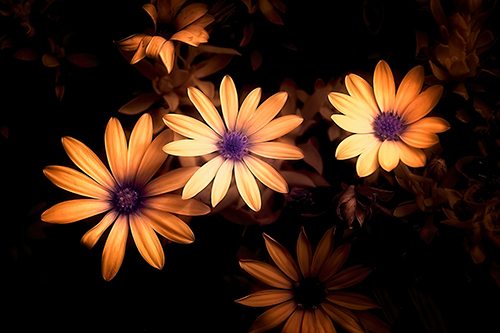
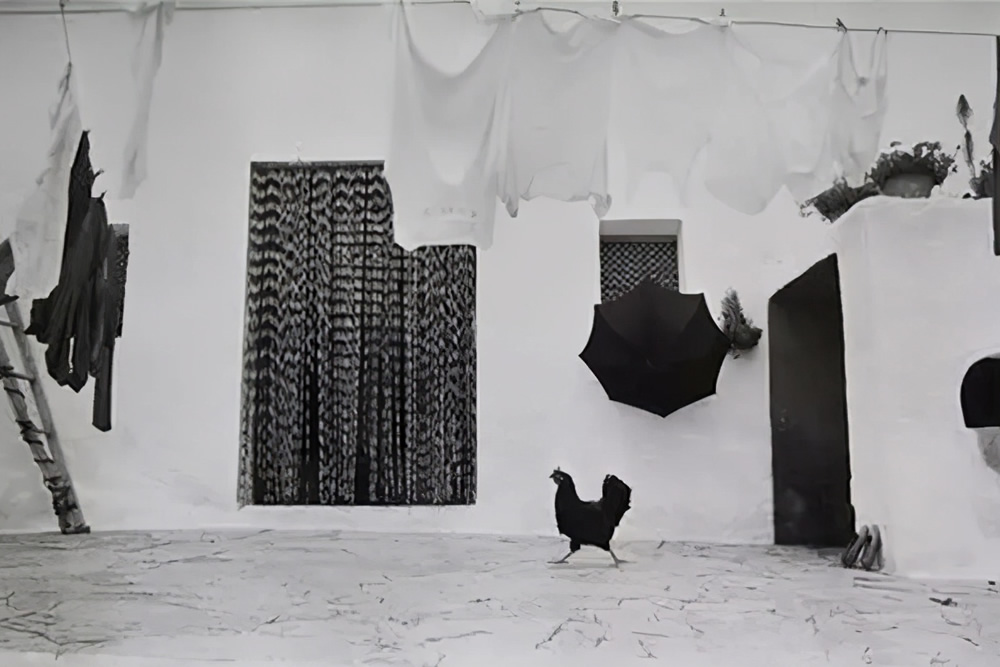
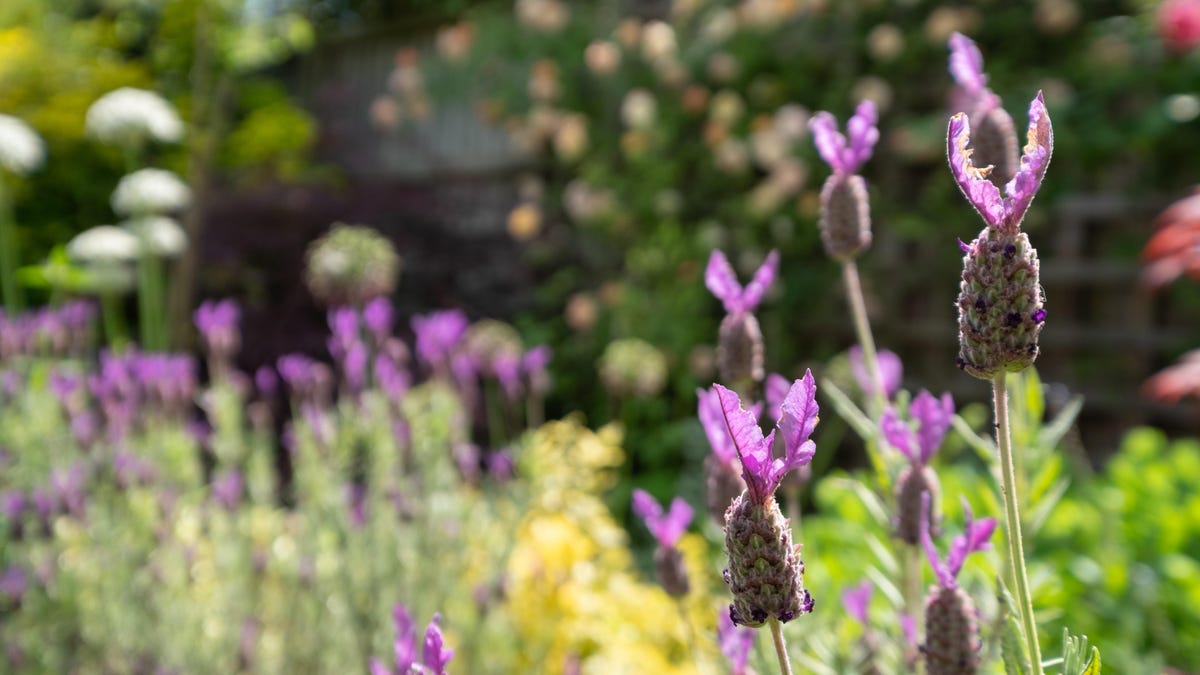

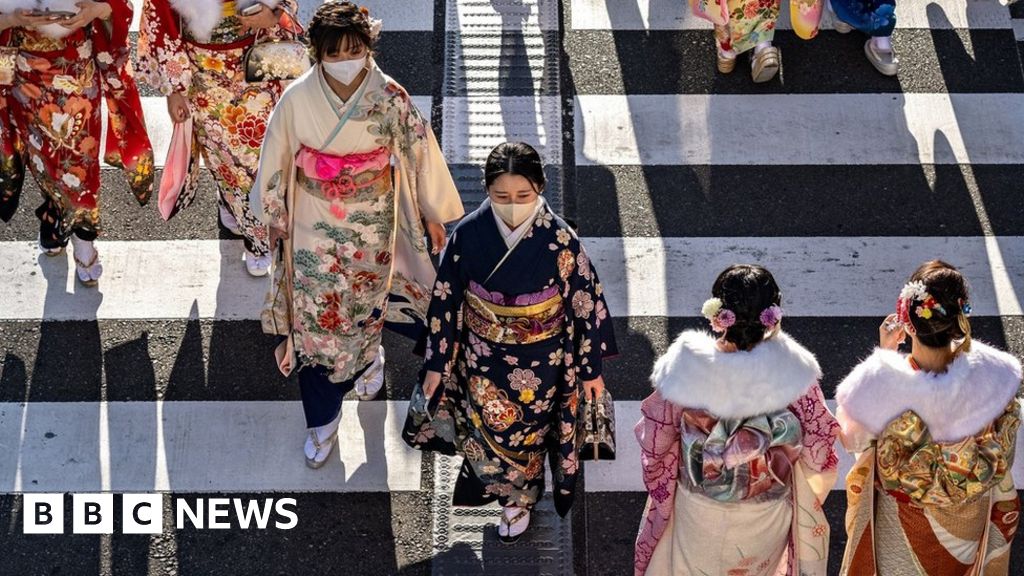
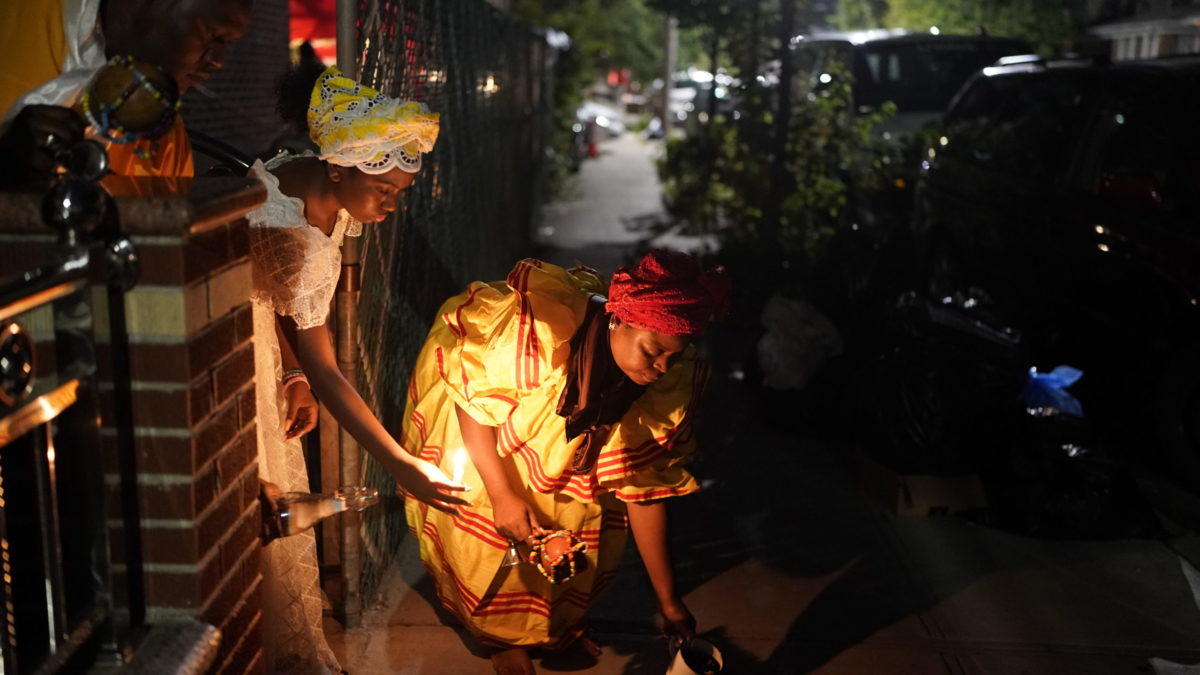





Reply